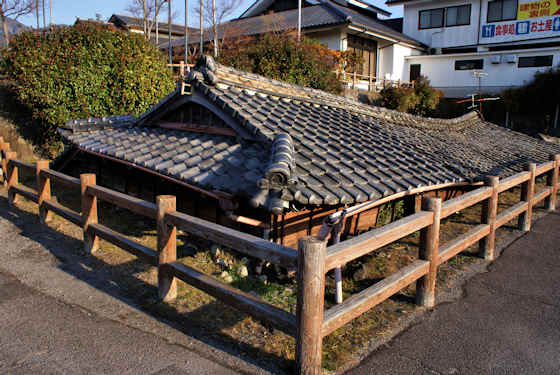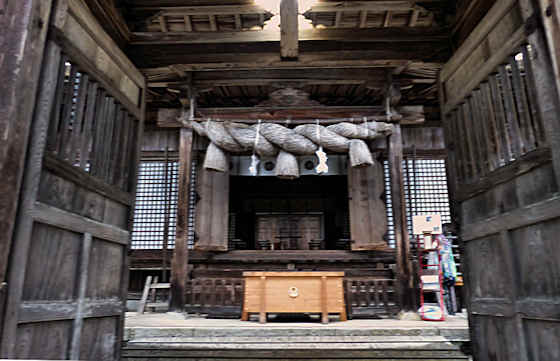Tuesday, October 24, 2023
Kozanji Temple Tanabe
Labels:
kobo daishi,
minakata kumagusu,
pagoda,
saigoku,
shotoku taishi,
tanabe,
temple,
ueshiba morihei,
wakayama
Saturday, October 21, 2023
Ryushoji Temple 64 Kyushu Pilgrimage
When I first visited in 2014 the newly built main hall was still behind scaffolding and blue tarps, but it opened in 2015. I revisited a few years later while walking the Kyushu Fudo Myo Pilgrimage.
Labels:
dainichi,
Fudo Myojin,
kyushu108,
temple
Friday, October 20, 2023
Temples 24 to 27 Shodoshima Pilgrimage
Labels:
enmei jizo,
kannon,
kobo daishi,
onigawara,
shodo88,
shodoshima,
yakushi
Wednesday, October 18, 2023
Buried Houses of Mount Unzen Disaster
Tuesday, October 17, 2023
Nakayama Shrine
An Ox statue usually signifies Tenjin, the deified spirit of Sugawara Michizane, and he is not one of the main kami enshrined here, but there must be a secondary Tenjin shrine.
The Shinmon gate was relocated here from Tsuyama Castle when the castle was dismantled in the early Meiji Period.
The three main kami enshrined are Kagamitsukuri no kami, Ame no nukado no kami, and Ishikori-dome no mikoto, with the first and third of these being associated wit mirrors. In the meiji period the names were changed but then changed back after 1946.
Labels:
chugoku33,
ichinomiya,
komainu,
okayama,
sacred tree,
Shrine,
tenjin,
torii,
tsuyama
Subscribe to:
Posts (Atom)


































































